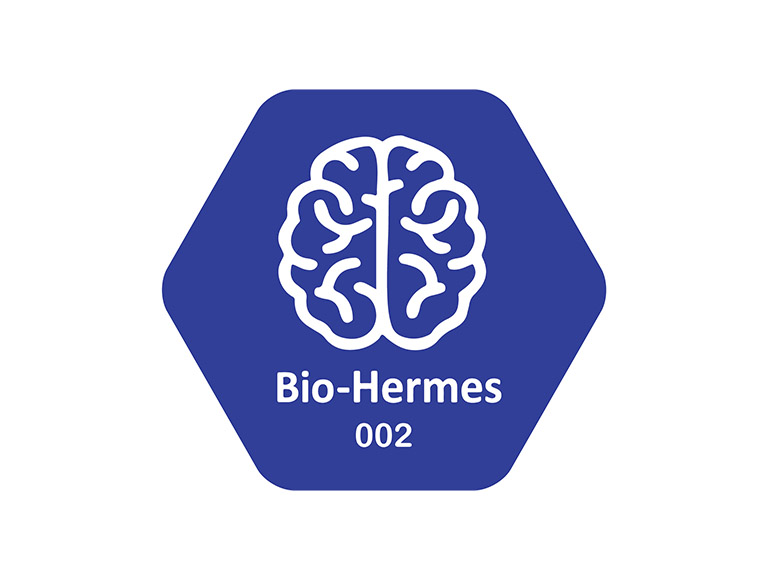OliverBlake, Sunday, Jul 27, 2025 4:21 pm ET
The global Alzheimer’s disease market is a high-stakes arena where innovation and precision collide. With over 60 million people affected worldwide and a projected $19.44 billion market size by 2030, the race to develop disease-modifying therapies (DMTs) and diagnostics is intensifying. Roche, a pharmaceutical giant with a legacy in neuroscience and diagnostics, has positioned itself at the forefront of this race with two groundbreaking initiatives: trontinemab, an anti-amyloid monoclonal antibody, and the Elecsys Amyloid Plasma Panel, a suite of blood-based biomarker tests. Together, these innovations could redefine Alzheimer’s prevention and treatment, but do they represent a compelling investment opportunity? Let’s dissect Roche’s strategic bets and their implications.Trontinemab: Targeting Amyloid with a Novel Edge
Roche’s trontinemab is a bispecific antibody designed to clear amyloid plaques, a hallmark of Alzheimer’s pathology. Unlike lecanemab (Biogen’s Leqembi) or donanemab (Eli Lilly’s Kisunla), which have faced scrutiny for adverse events like amyloid-related imaging abnormalities (ARIA-E), trontinemab leverages Roche’s proprietary Brainshuttle™ technology to deliver rapid and deep amyloid reduction with fewer side effects.
In Phase Ib/IIa trials, the 3.6 mg/kg dose group achieved 81% reduction in amyloid plaques after 28 weeks, with ARIA-E rates below 5%—a stark contrast to the 10–15% rates seen with competitors. This safety profile, combined with early evidence of neurodegeneration slowing, positions trontinemab as a potential blockbuster. Roche plans to initiate Phase III trials in late 2025, a critical inflection point for the drug’s commercial viability.
Investment Angle: If trontinemab replicates its early success in Phase III, it could capture a significant share of the DMT market, currently dominated by lecanemab and donanemab. The drug’s lower ARIA-E risk may also make it more palatable to payers and clinicians, easing market access hurdles.
Elecsys Amyloid Plasma Panel: The Blood Test That Could Disrupt Diagnostics
Roche’s Elecsys Amyloid Plasma Panel is a game-changer for early Alzheimer’s detection. The pTau181 plasma test, recently granted CE Mark certification under the IVDR, has demonstrated a 93.8% negative predictive value (NPV) in ruling out amyloid pathology. This non-invasive test eliminates the need for costly and uncomfortable PET or CSF scans, making it ideal for large-scale screening.
Complementing this is the pTau217 test, developed in collaboration with Eli Lilly LLY +0.90% and granted FDA Breakthrough Device Designation. Together, these tools enable earlier diagnosis and patient stratification, aligning with the industry’s shift toward precision medicine. Roche plans to leverage its global diagnostic infrastructure to scale these tests, targeting Europe in 2025 and the U.S. soon after.
Investment Angle: The diagnostics segment is expected to grow faster than therapeutics, driven by demand for early intervention. Roche’s first-mover advantage with IVDR-certified tests and its partnership with Lilly LLY +0.90% could lock in market share. The ability to pair diagnostics with its own therapies (like trontinemab) creates a closed-loop ecosystem, enhancing long-term profitability.
Strategic Positioning: Roche’s Dual-Pronged Approach
Roche’s strategy differs from its peers by combining therapeutic and diagnostic innovation. While Biogen BIIB -0.81% and Lilly focus on DMTs, and C2N Diagnostics and Quanterix QTRX +6.17% target biomarker tests, Roche is building an end-to-end solution. This synergy reduces reliance on third-party diagnostics and ensures tighter integration of treatment and testing.
Moreover, Roche’s partnership with the Global Alzheimer’s Platform Foundation (GAP) on the Bio-Hermes-002 study underscores its commitment to inclusive research. By analyzing diverse populations and digital biomarkers, Roche aims to refine its tools for broader applicability—a critical differentiator in a market plagued by racial and ethnic disparities in diagnosis.
Competitive Edge:
– Lower ARIA-E risk in trontinemab compared to lecanemab/donanemab.
– First IVDR-certified plasma test for Alzheimer’s, accelerating adoption in Europe.
– Global diagnostic infrastructure to scale tests rapidly.
Market Dynamics and Investment Implications
The Alzheimer’s market is a $13 billion opportunity in 2025, with diagnostics and therapeutics each accounting for roughly half. By 2030, this could expand to $19.44 billion at a 9.3% CAGR. Roche’s dual focus on prevention (via diagnostics) and treatment (via trontinemab) aligns with this growth trajectory.
Key Risks:
– Phase III trial outcomes for trontinemab are pivotal. A positive readout could drive a 20–30% stock rally, while a miss would test investor patience.
– Regulatory delays for pTau217 in the U.S. could slow U.S. market access.
– Competition from Lilly’s donanemab (despite EMA rejection) and Biogen’s pipeline.
Opportunities:
– Prevention as a paradigm shift: If trontinemab proves effective in slowing disease progression, Roche could capture a decade of revenue from early-stage patients.
– Diagnostics as a recurring revenue stream: Plasma tests could generate $1–2 billion annually in peak sales.
– AI and digital tools: Roche’s NeuroToolKit and collaboration with AI-driven platforms could unlock new biomarkers and patient insights.
The Verdict: A High-Conviction Bet?
Roche’s Alzheimer’s gambit is ambitious but grounded in science. The company’s Brainshuttle™ technology, coupled with its diagnostic prowess, offers a unique value proposition in a market desperate for safer, more accessible solutions. While the Phase III trial is a make-or-break event for trontinemab, the Elecsys Amyloid Plasma Panel already positions Roche as a leader in diagnostics.
For investors, this is a high-conviction opportunity with long-term upside. Roche’s stock (ROG.SW) has shown resilience amid sector volatility, and its R&D pipeline suggests a durable competitive edge. However, patience is required—success hinges on trial data and regulatory approvals. If Roche can execute, it may not only redefine Alzheimer’s care but also deliver outsized returns for shareholders.
Final Note: In the high-stakes race to prevent Alzheimer’s, Roche has placed its chips on a dual strategy of innovation and integration. Whether it pays off depends on the data—but the potential to capture a $13 billion market is too compelling to ignore.
https://www.ainvest.com/news/roche-alzheimer-prevention-gambit-game-changer-13b-market-2507
